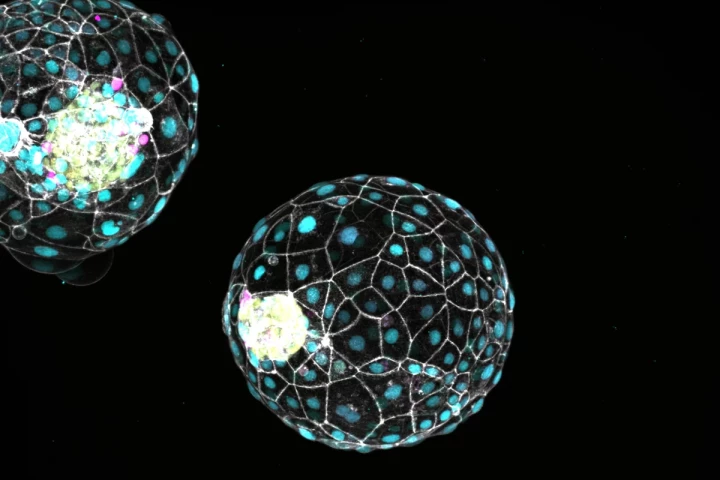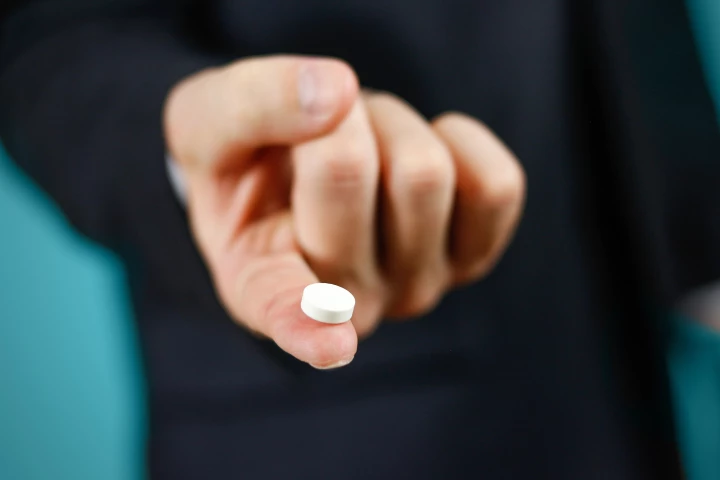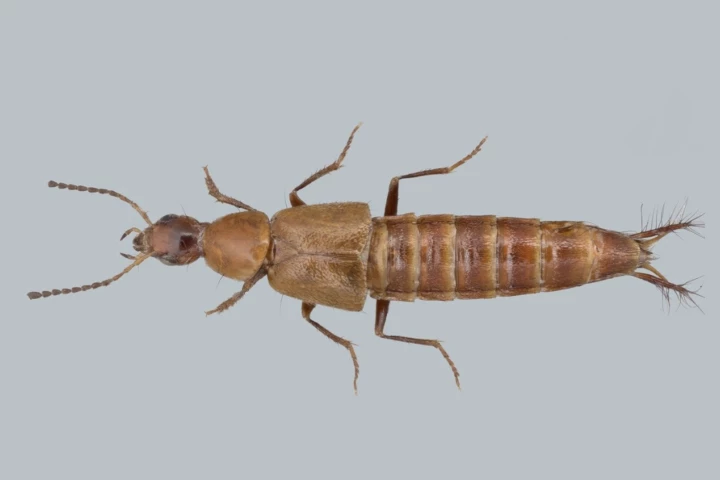Reproduction
-
Upending long-held beliefs that testosterone levels fuel sexual desire, a new study has found that while the hormone plays a key role in reproductive success, elevated concentrations may instead drive 'courtship' efforts – particularly in single men.
-
If you were a flowering plant, wouldn't you want your pollen to be received by a plant of your own kind? According to a new study, at least one plant may ensure that happens, by blasting "rival" pollen off of pollinating animals' bodies.
-
Scientists have discovered a kind of “pause button” in early human development. This biological mechanism has long been known in other mammals, but its discovery in humans could aid IVF procedures.
-
A non-hormonal, reversible and safe male pill may be in sight, as scientists successfully silence a protein crucial in fertile sperm production. Knocking out this protein temporarily resulted in unviable sperm, without any lasting impacts on fertility.
-
Lab-grown testicle organoids that closely resemble the real thing provide a promising model for research that may help our understanding of testicular development and translate into therapeutic applications for male infertility.
-
Scientists have boosted the motility of slow sperm by blasting the cells with 40-MHz ultrasound waves to induce movement. Capturing the technique's impact on individual sperm cells, the study opens the door to new non-invasive fertility treatments.
-
Declining fertility can make it harder to have kids in middle age. Now scientists have identified a mechanism that seems to accelerate aging of the ovaries – and found a way, in mice at least, to slow it down to boost fertility later in life.
-
A new study has linked preconception exposure to phthalates to reduced odds of getting pregnant, adding to a growing body of evidence about the negative effects of these chemicals, commonly found in personal care products like soap and shampoo.
-
A study has found that plastic additives might be stopping the reproductive habits of a shrimp-like species that is key to the marine food chain. The findings provide a different perspective on the potential damage caused by specific pollutants.
-
What has eyes, antennae, swimming bristles, a genes stash and a feel for autonomy? The rear end of the bizarre Japanese green syllid worm. Scientists now know how the end of the animal detaches and swims off to find a similar tail of the opposite sex.
-
Genitalia in the animal kingdom is rarely dull, from penis 'sword' fighting flatworms, to echidnas with four-headed phalluses. Let us introduce a new odd member contender: a beetle with an appendage that looks like you could crack open a beer with it.
-
A study of nearly 3,000 Swiss men over the course of 13 years has shown a link between frequent cell phone use and a decrease in sperm quantity. What's more, today's 4G and 5G networks may have less of an impact than older communications technology.
Load More











